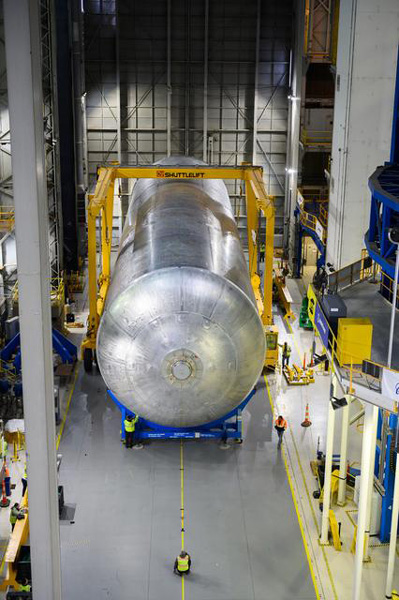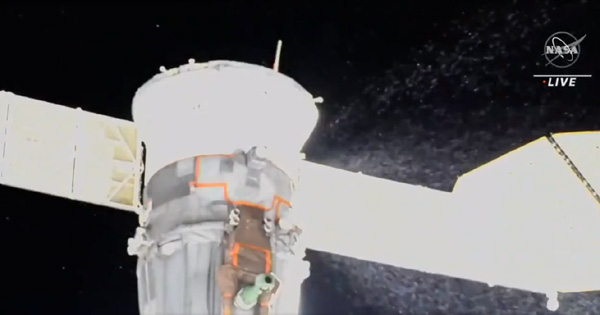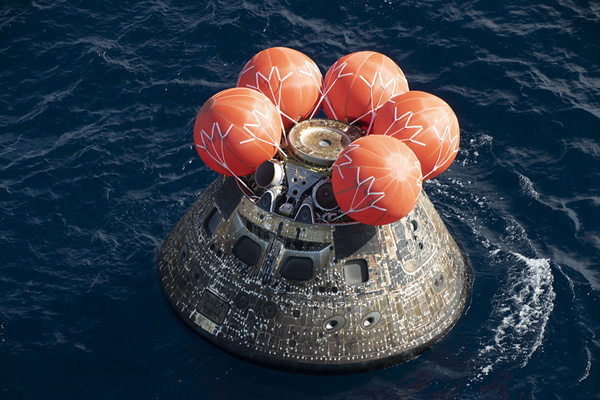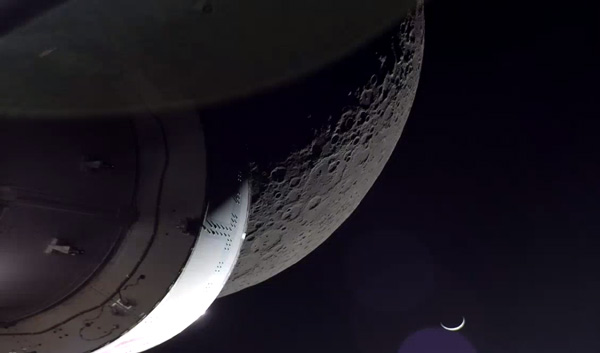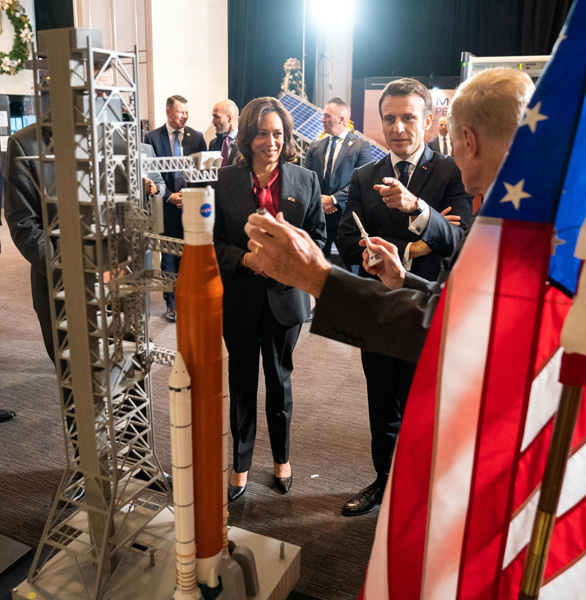 NASA / Joel Kowsky
Vice President Harris Announces Selections to the National Space Council’s Users Advisory Group (Press Release - December 16)
NASA / Joel Kowsky
Vice President Harris Announces Selections to the National Space Council’s Users Advisory Group (Press Release - December 16)
As Chair of the National Space Council, Vice President Kamala Harris today announced the individuals selected to serve on the National Space Council’s Users Advisory Group
(UAG). Pending official appointment by the Administrator of the National Aeronautics and Space Administration, the selected members of the UAG will serve to enable the Biden-Harris Administration’s effort to maintain a robust and responsible U.S. space enterprise and preserve space for current and future generations.
The candidates represent a cross-section of companies and organizations that support the United States’ large and highly-skilled space workforce; users of space services, including climate scientists and agriculture providers; individuals focused on developing the next generation of space professionals; and leading experts in space.
The UAG will provide the National Space Council advice and recommendations on matters related to space policy and strategy, including but not limited to, government policies, laws, regulations, treaties, international instruments, programs, and practices across the civil, commercial, international, and national security space sectors.
The Vice President announced the UAG Chair, General
(USAF, Ret) Lester Lyles, during the second space council meeting in September.
Below is the full selection to the National Space Council’s UAG:
General (USAF, Ret) Lester Lyles, UAG Chair
Mr. Rajeev Badyal, VP of Technology, Amazon Project Kuiper
Mr. Charles Bolden, Former NASA Administrator and Former Astronaut
Mr. Salvatore T. Bruno, CEO, United Launch Alliance
Dr. Lance Bush, President & CEO, Challenger Center
Ms. Bridget Chatman, Chairwoman, Women in Aerospace
Mr. Theodore “Ted” Colbert, CEO, Boeing Defense, Space & Security
Ms. Nancy Colleton, President, Institute for Global Environmental Strategies
Ms. Karina Drees, President, Commercial Spaceflight Federation
Mr. Eric Fanning, President and CEO, Aerospace Industries Association
Dr. Daniel Hastings, Head, Department of Aeronautics & Astronautics, Massachusetts Institute of Technology
Ms. Dawne Hickton, Subject Matter Expert
Mr. Daniel Jablonsky, President & CEO, Maxar Technologies
Dr. Dave Kaufman, President, Ball Aerospace
Mr. Patrick Lin, Director of the Ethics & Emerging Sciences Program, California Polytechnic State University
Mr. Ron Lopez, President & Managing Director, Astroscale US
Dr. Harold Lee Martin, Chancellor of North Carolina Agricultural & Technical State University
Dr. Kate Marvel, Climate Scientist at Project Drawdown
Maj Gen (Ret) Roosevelt “Ted” Mercer, CEO & Director, Virginia Space
Dr. Marla Perez-Davis, Former Director, NASA Glenn Research Center
Dr. Sian Proctor, Geoscience Professor, South Mountain Community College
Ms. Gwynne Shotwell, President & COO, SpaceX
Dr. Robert Smith, CEO, Blue Origin
Mr. James Taiclet, President & CEO, Lockheed Martin
Dr. Mandy Vaughn, Subject Matter Expert
Ms. Kathy Warden, Chairwoman & CEO, Northrop Grumman Corp
Mr. Robbie Schingler, Jr., Co-Founder & Chief Strategy Officer, Planet Labs
Ms. Melanie Stricklan, Co-Founder & CEO, Slingshot Aerospace
Dr. Jeremy Williams, Head, Climate Corporation & Digital Farming, Bayer Crop Science
Ms. Katrina Harden Williams, Middle School Teacher, Ames Middle School, Iowa
Source: WhiteHouse.gov
****












